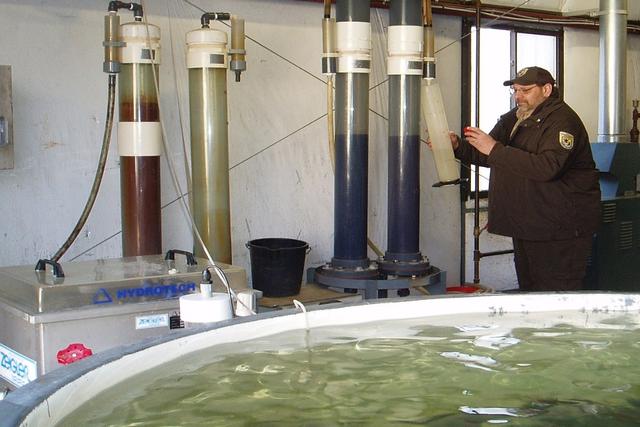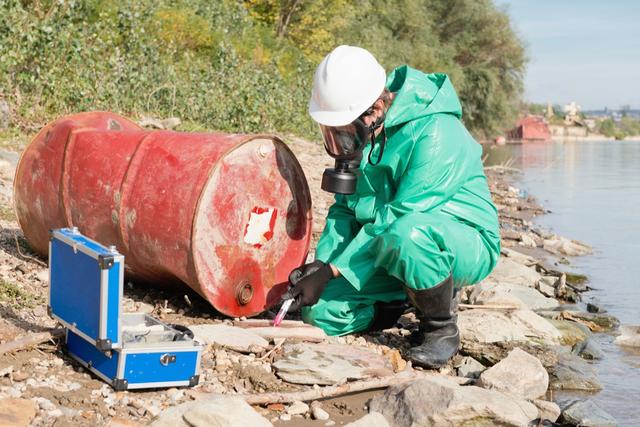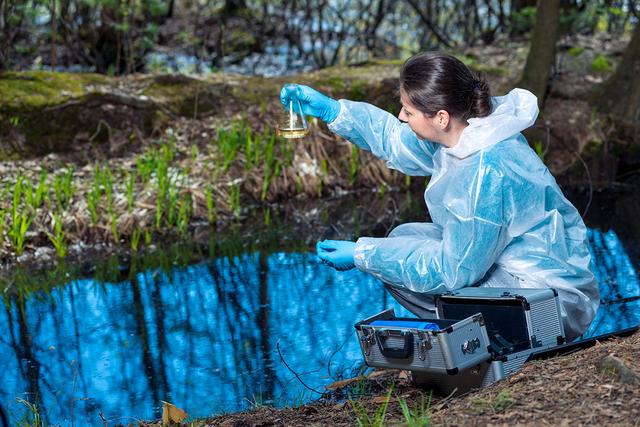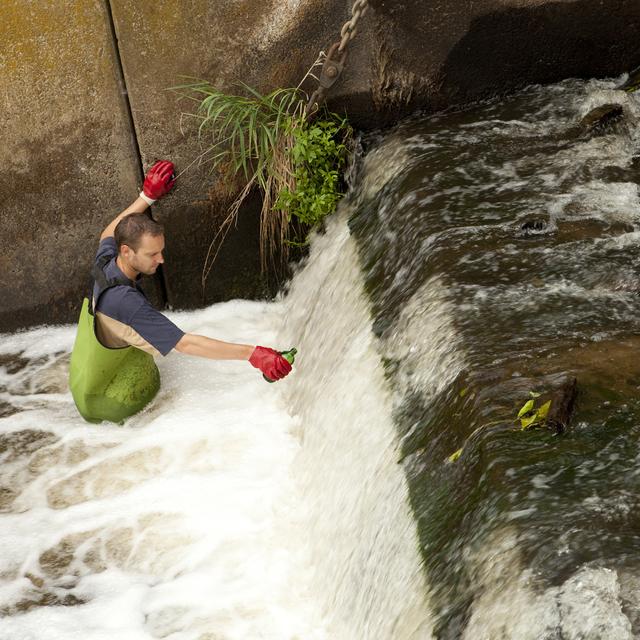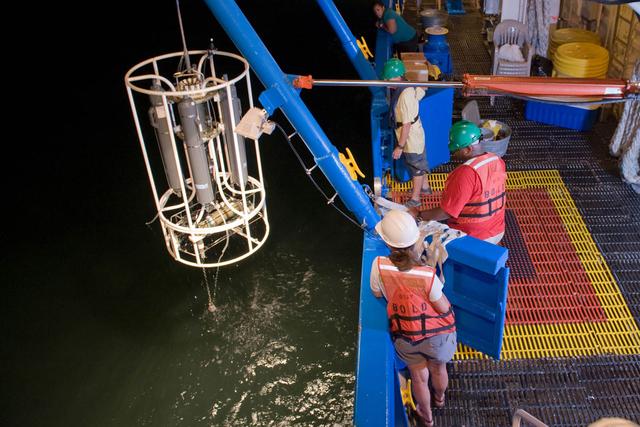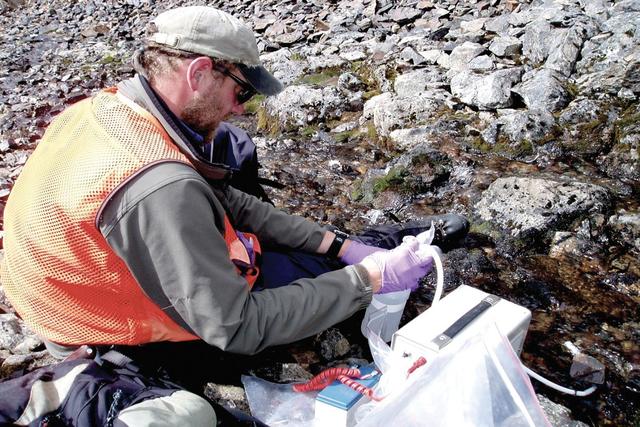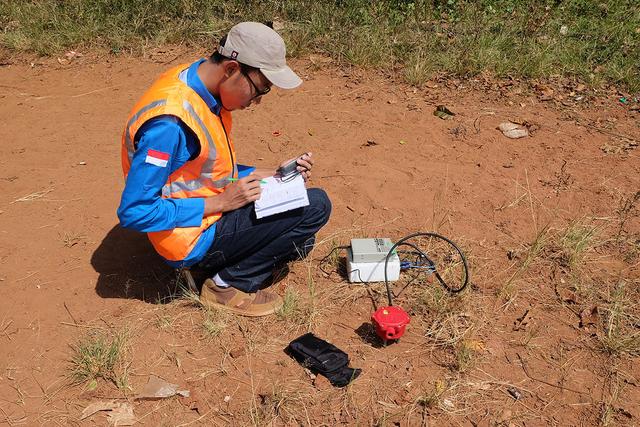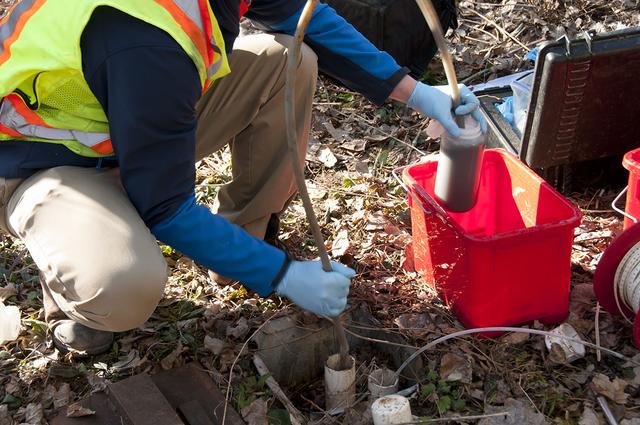Oceanographers
Overview

Introduction
Oceanographers obtain information about the ocean through observations, surveys, and experiments. They study the biological, physical, and chemical composition of the ocean and the geological structure of the seabed. They also analyze phenomena involving the water itself, the atmosphere above it, the land beneath it, and the coastal borders. They study acoustical properties of water so that a comprehensive and unified picture of the oceans behavior may be developed. A limnologist is a specialist who studies freshwater life....
Quick Facts
Median Salary
Employment Prospects
Minimum Education Level
Experience
Skills
Personality Traits
Earnings
While marine scientists are richly rewarded in nonmaterial ways for their diverse and exciting work with the sea, they almost never become wealthy by American standards. Salaries depend on education, experience, and chosen discipline. Supply and demand issues along with where you work also come into play. Some examples of jobs in the marine sciences that presently pay more than the average incl...
Work Environment
Oceanographers in shore stations, laboratories, and research centers work five-day, 40-hour weeks. Occasionally, they serve a longer shift, particularly when a research experiment demands around-the-clock surveillance. Such assignments may also involve unusual working hours, depending on the nature of the research or the purpose of the trip. Trips at sea mean time away from home for periods ext...
Outlook
The U.S. Department of Labor expects employment for all geoscientists, including oceanographers, to grow about as fast as the average (6 percent) for all occupations through 2028. The field of marine science is growing, but researchers specializing in the popular field of biological oceanography, or marine biology, will face competition for available positions and research funding over the next...


